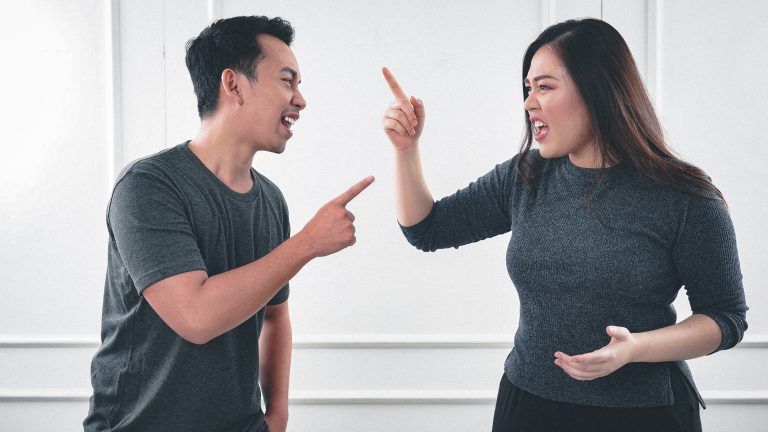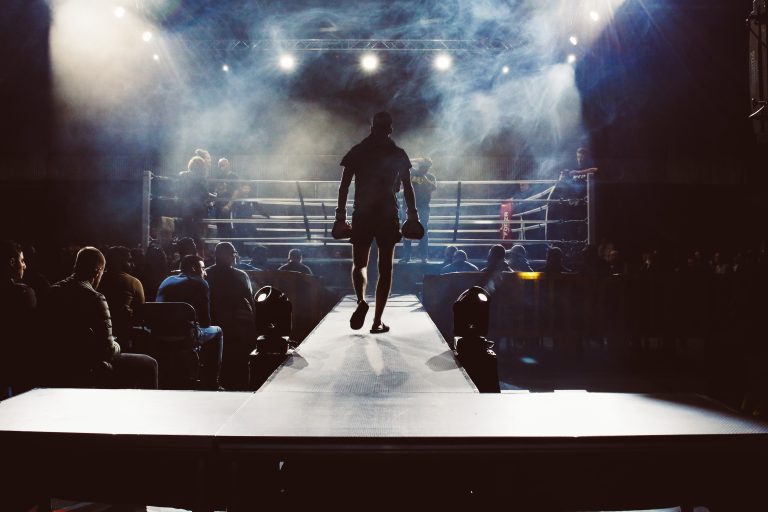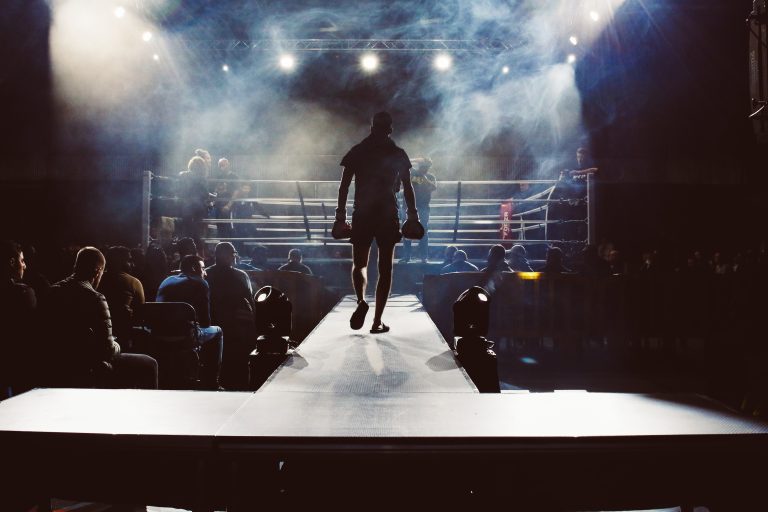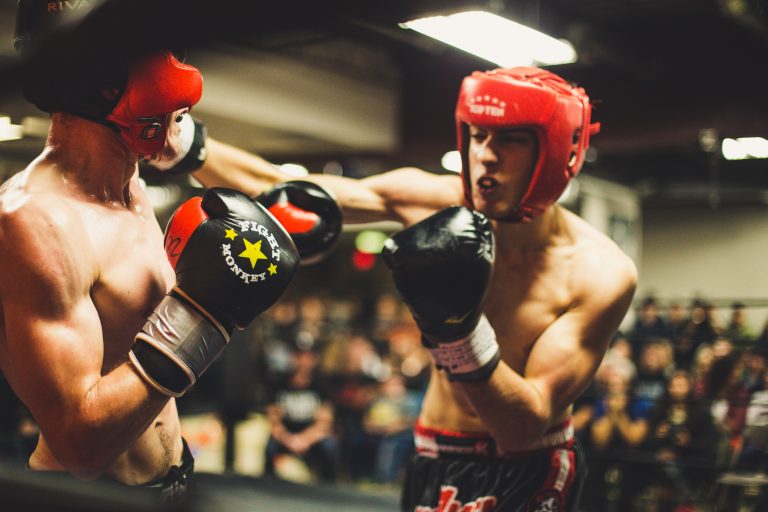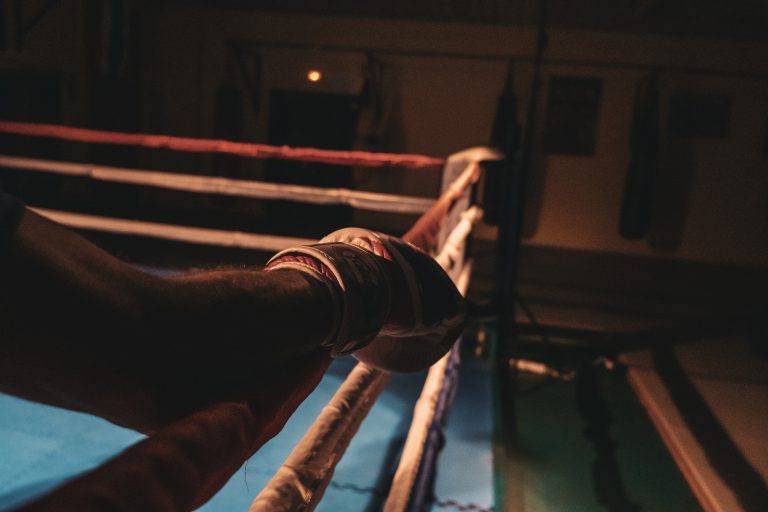Karate – What You Need To Know Before Taking Up The Art?
Karate is a martial art that has been practiced for centuries. It originated in Japan, and has since spread around the world. Practitioners of karate use it as a way to increase their physical and mental strength, while also honing their self-defense skills. It is a discipline that involves intense physical training, as well as mental and spiritual discipline.
For those who are interested in taking up karate, there are several things to consider before committing to the practice. Karate requires a deep commitment and dedication to learning the art and understanding its core principles. In this blog post, we’ll explore what you need to know before starting karate training, as well as provide tips on how to best get started.
What Is Karate?
Karate is a traditional Japanese martial art that combines elements of self-defense, combat, and martial arts philosophy. It focuses on physical fitness, mental strength and discipline, and self-defense techniques. The term “karate” translates literally to mean “empty hands”, as practitioners of karate prefer to fight without the use of weapons. This is why karate is often referred to as “the martial art of self-defense”.
At its core, karate is a way of life that involves a rigid set of physical, mental, and moral expectations that all practitioners must follow. It emphasizes discipline and respect, and requires practitioners to dedicate themselves fully to the practice.
What Do You Need To Get Started In Karate?
Before beginning karate training it’s important to have the right equipment and attire. Here is what you’ll need:
- Apparel: Traditional karate uniforms (known as gi) are essential for practice. Most karate schools offer special student uniforms, which are typically white but may come in other colors for higher-level belt-holders.
- Protective Gear: To help prevent injury there is specific protective gear required. This includes mouthguards, chest guards, shin guards, and groin guards.
- Training Weapons: For forms practice, training weapons such as wooden swords and staffs are required. These must be purchased from a reputable supplier that adheres to international safety standards.
- Other Equipment: You will also need various other items such as hand wraps, massage balls, water bottles, and jump ropes for stretching and warm-ups.
Knowing The Dojo Etiquette
It’s also important to understand the dojo etiquette before training in karate. As with any martial art, karate has specific rules and standards of conduct that must be followed. These rules and regulations may vary from school to school so it’s always best to ask your instructor for clarification on anything you’re unsure about:
- Respect: Always show respect to your instructor, peers, and the dojo itself. This includes being on time for classes and not engaging in any disruptive behavior.
- Focus: Keep your focus on learning the techniques and honing your skills, avoiding physical contact with other students unless such contact is necessary for instruction or testing.
- Hygiene: Maintain proper personal hygiene before coming to class including trimming nails, no jewelry, and no intoxicants.
- Attention: Pay attention to what your instructor says at all times. Make sure you understand and know the techniques so that you can demonstrate them correctly.
What Else Should You Know Before Taking Up Karate?
In addition to the equipment requirements and dojo etiquette, there are a few other things you need to understand about karate before beginning training. Here are a few things to consider:
- Belt Ranking System: Karate utilizes a belt ranking system with 10 different color-coded belts that represent different levels of skill. Participants typically start with a white belt before working their way up the hierarchy.
- Stances & Blocks: Learning various stances and blocks is essential for karate practice. These are fundamental defensive positions used to protect against strikes and kicks while engaging in combat.
- Training & Conditioning: Regular physical and mental conditioning is necessary for success in karate practice. Depending on your belt level, this may include stretching, running drills, strength training, etc.
- Kata: Kata is an essential part of karate practice – it involves learning predetermined sets of movements (involving kicking, punching, and blocking) which are used to help students perfect their technique.
How To Begin Your Karate Journey?
Now that you know what’s involved in starting karate practice, here are some tips on how best to get started:
- Find a School: Start by looking for a local karate school near you – there are many available so take some time to research which one is right for you.
- Attend Classes: Once you’ve chosen a school/program, attend classes regularly – training regularly and consistently is essential for success in karate practice.
- Set Goals: Set personal goals for yourself – this could include becoming a black belt or winning competitions – whatever they may be make sure they are achievable.
- Stay Focused: Practice makes perfect – stay focused on your goals by consistently training and pushing yourself.
- Participate in Tournaments: Tournaments are a great way to apply your skills in real-time situations and test your limits against others who are at the same level or higher.
Final Thoughts
Karate is an art form that involves intense focus, dedication and commitment. Before starting on your journey it’s important to understand what’s involved in taking up karate practice – from the equipment you need to the dojo etiquette to setting goals – as well as how to start off on the right foot by finding a school/program near you. With the right attitude and commitment you can certainly become a successful student of karate!
Karate – What You Need To Know Before Taking Up The Art
Karate is a martial art that originated in Okinawa, Japan, and has become increasingly popular around the world. It is a form of self-defense that is based on the use of strikes, kicks, and blocks to subdue an opponent. If you are considering taking up karate, you are probably wondering what you need to know before getting started. In this post, we will answer some of the most frequently asked questions about karate to help you get started on your journey.
1. What are the different styles of karate?
There are several different styles of karate, each with its own unique features and techniques. Some of the most popular styles include:
- Shotokan karate
- Goju-ryu karate
- Shito-ryu karate
- Wado-ryu karate
- Kyokushin karate
Each of these styles places a different emphasis on various aspects of karate, such as speed, power, or technique. You may want to try out different styles to see which one suits you best before committing to a particular one.
2. What are the benefits of practicing karate?
There are many benefits to practicing karate, both physical and mental. Some of the benefits include:
- Increased strength, flexibility, and endurance
- Improved balance, coordination, and agility
- Better cardiovascular health
- Stress relief and improved mental health
- Increased self-confidence and self-esteem
- Improved focus and concentration
3. Are there any risks or dangers associated with practicing karate?
Like any physical activity, there are some risks associated with practicing karate. These risks include:
- Sprains, strains, and other injuries
- Overuse injuries
- Exertional heat illness
- Dehydration
- Concussions and other head injuries
However, these risks can be minimized through proper training, equipment, and supervision. Make sure to work with a qualified instructor who can teach you proper technique and safety tips.
4. What should I expect in a typical karate class?
In a typical karate class, you can expect to spend most of your time practicing various techniques and drills. These may include punches, kicks, blocks, and strikes, as well as footwork and body positioning. Your instructor will also likely incorporate some conditioning exercises, such as push-ups or sit-ups, to help improve your strength and endurance. You may also spend some time practicing sparring or other forms of partner work.
5. What equipment do I need for karate?
To get started with karate, you will need some basic equipment, including:
- A karate uniform (gi)
- Hand wraps or gloves
- Protective gear, such as a mouthguard or shin guards
- A water bottle
As you progress in your training, you may also want to invest in additional equipment, such as sparring gear or weapons.
6. How long does it take to become proficient in karate?
Becoming proficient in karate can take many years of dedicated practice. In general, it takes at least several years to earn a black belt, which is considered the first level of mastery in many karate styles. However, the exact amount of time it takes can vary depending on factors such as your natural aptitude, how frequently you train, and the intensity of your training. Remember, the journey to mastery is a lifelong one – there is always room for improvement and growth.
7. Is karate suitable for all ages?
Karate can be suitable for people of all ages, from young children to seniors. However, the specific style and intensity of training may vary depending on the age group. For example, children may focus more on fun and play-based activities, while seniors may focus more on gentle stretching and low-impact exercises. Make sure to choose a class that is appropriate for your age and fitness level.
8. What should I look for in a karate instructor?
When choosing a karate instructor, look for someone who is experienced, knowledgeable, and has a teaching style that resonates with you. They should be able to explain techniques clearly and offer personalized guidance to help you improve. Additionally, they should prioritize safety and provide a supportive and inclusive training environment.
Conclusion
Karate can be an incredibly rewarding form of physical and mental training. By understanding the basics of karate, the most frequently asked questions, the different styles, and what to expect in a class, you can make an informed decision about whether to take up this martial art. Remember to always prioritize safety, work with a qualified instructor, and enjoy the journey of continual improvement and growth.
Inhaltsverzeichnis

